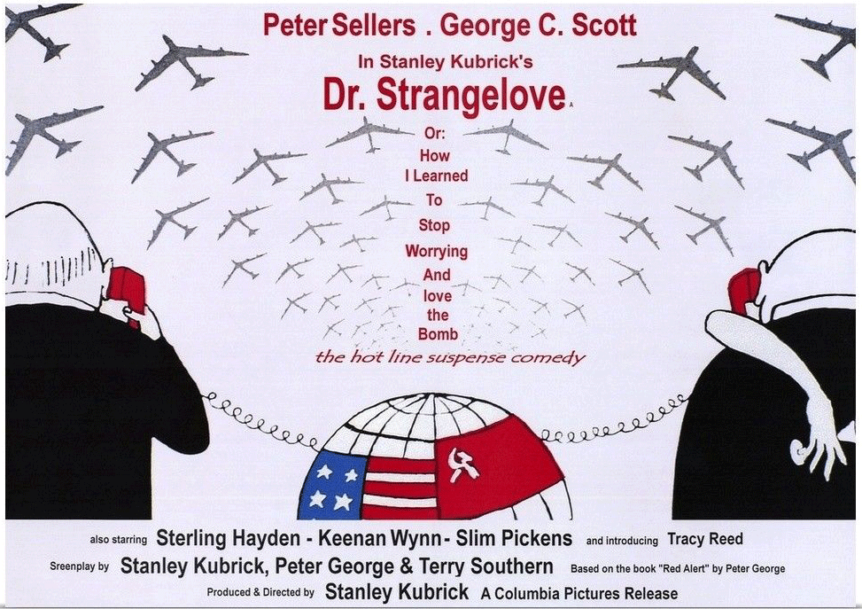Modelling the MAD Game (Mutual Assured Destruction) in the Cold War Era, as a simultaneous decisions game:
Two superpowers with nuclear capability to annihilate their opponent or retaliate imminently with equal or greater force are considering their strategies for escalation in the event of a military crisis.
Who are the players? *
- USA
- USSR
What are the available actions? *
- Strike (Launch Nuclear Attack)
- Do Nothing
It is also assumed that:
- Both superpowers have enough nuclear firepower to completely annihilate their opponent
- Both superpowers have a MAD policy in place and will automatically retaliate in equal or greater force
What are the outcomes? *
- USA strikes, USSR does nothing
- USA does nothing, USSR does nothing
- USSR strikes, USA strikes
- USSR strikes, USA does nothing
What are the payoffs? *
What are the players’ preferences over outcomes? Payoffs mean
the rewards that the players derive from their participation in the game; say
monetary profit in business circumstances, but in many situations there may be
non-pecuniary rewards (‘utility”).
- (-∞, -∞) Total Annihilation (immediate USSR MAD response)
- (0,0) Status Quo
- (-∞, -∞) Total Annihilation
- (-∞, -∞) Total Annihilation (immediate USA MAD response)
Conclusion: *
Do nothing is the only rational option. This is the principle of nuclear deterrent.
